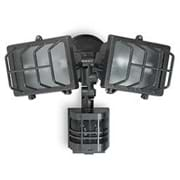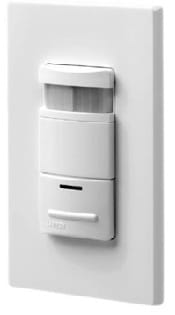Materials List:
Beating the Motion Sensor
 https://www.teachengineering.org/activities/view/cub_lighting_lesson01_activity1
https://www.teachengineering.org/activities/view/cub_lighting_lesson01_activity1

Each group needs:
- 1 toy LEGO® racer car (or other pre-made toy car that rolls smoothly across a table and is less than 6 inches long)
- 1 disposable hand warmer (typically found at outdoor stores, pharmacies or online from large retailers)
- 6 inch x 6 inch pieces of the following materials (purchased at hobby and/or hardware stores):1/16-inch thick aluminum, ceramic tile, 1/8-inch acrylic/Plexiglas, 1/8-inch wood veneer
- 7 inch x 7 inch piece of fabric
- 6-inch embroidery hoop (for fabric frame)
- several lengths of masking tape
- 8-10 wooden craft (Popsicle) sticks or plastic straws
- Can You Trip It? Worksheet, one per person
Testing station(s) to share with the entire class:
- 2 inch x 2 inch plywood square one per testing station (use 1/2-inch plywood so it is sturdy)
- passive infrared sensor with a light bulb, preferably red (a PIR sensor is a motion sensor-controlled socket, see Figure 1; available in the lighting sections of home improvement stores)
- (optional) ultrasonic motion sensor (ultrasonic sensors are typically used in commercial buildings, see Figure 2; available online for $50-100; if possible, purchase a sensor that is designed to mount to a wall, not a ceiling)
- light socket with attached wiring and light bulb, preferably red (for use with the ultrasonic sensor)

 https://www.teachengineering.org/activities/view/cub_lighting_lesson01_activity1
https://www.teachengineering.org/activities/view/cub_lighting_lesson01_activity1